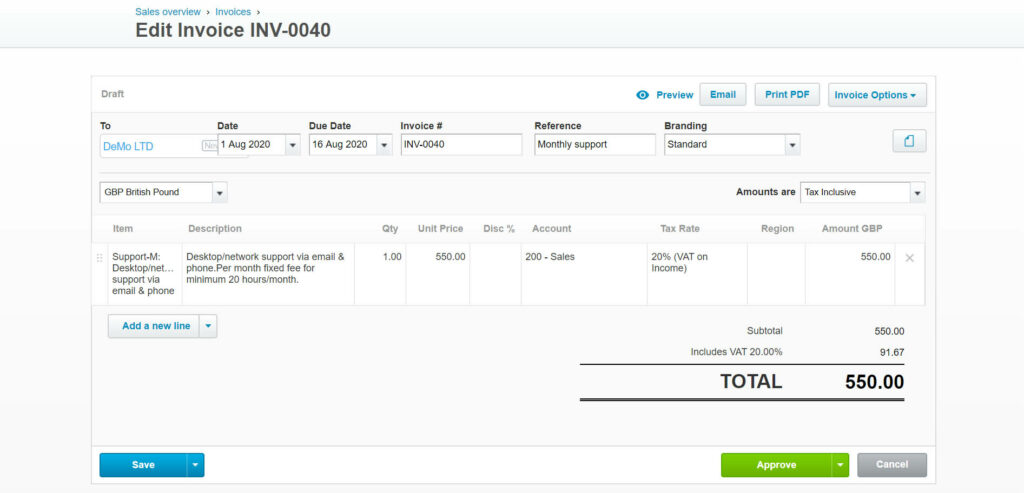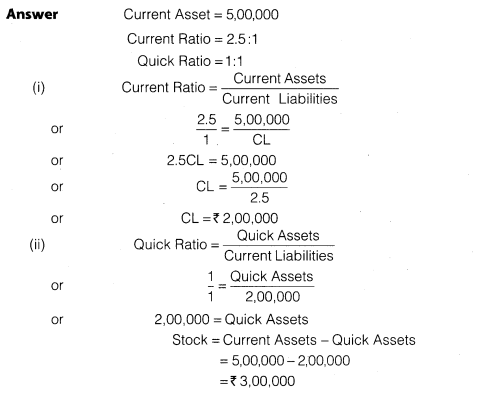

Remember also that a larger number is a good sign for the business, while a smaller number is a bad sign. If the average accounts receivable denominator is a small figure, it will generate a larger number. This figure is divided by the average value of accounts receivable that was calculated in the first step.īecause the credit sales figure is the nominator in this equation, a larger average figure for accounts receivable will generate a lower fraction or ratio. The calculation starts with the total value of sales on credit for the accounting period (cash sales are completed at the time of the transaction they do not generate outstanding payments/accounts receivable and are not included in this total). This produces the average value of accounts receivable for the period.Ĭreate the fraction (ratio).

There are two steps to calculate the accounts receivable turnover ratio, which is calculated as a fraction.Īdd the balance for accounts receivable at the beginning of the reporting period to the balance at the end and divide by 2. How Is the Accounts Receivable Turnover Ratio Calculated? Conversely, a low turnover ratio reveals that the business is doing a poor job of collecting payments. This indicates that the business is doing a good job collecting payments from customers. That is, they are paying their bills in a timely manner. A high turnover ratio indicates that the business has a high percentage of customers who are converting their outstanding debt into payments. The turnover ratio represents the average value of accounts receivable for an accounting period in proportion to the total number of credit sales for the same period.Ī high accounts receivable turnover ratio is a positive sign for the business, while a low ratio is a poor sign. The accounts receivable turnover ratio is a figure that is calculated to measure how effectively the business converts outstanding debt from customers into completed payments.Īccounts receivable refers to outstanding short-term debt or payments. Given the lack of available information, the latter two ratios tend to result in the under-reporting of lost discounts and duplicate payments.What Is the Accounts Receivable Turnover Ratio? The other two ratios are more difficult to derive, since they require access to total available discounts information and the identification of duplicate payments. The payables turnover figure is relatively easy to calculate. Any percentage greater than zero indicates that a company's payables system is not adequate for the timely identification of duplicate supplier invoices. Percentage of Duplicate Payments ProcessedĬalculated as the aggregate amount of duplicate invoices paid, divided by the total amount of supplier payments made. Keep in mind that some discounts offered are not a good deal, and so should not be included in this calculation. Any measurement less than 100% indicates problems with the timely identification and payment of early payment discount deals. The percentage of qualifying discounts taken is calculated as the total dollar amount of qualifying supplier early payment discounts taken, divided by the total dollar amount that could have been taken. A shorter turnover interval can indicate that suppliers are not willing to grant a company extended payment terms. A longer turnover interval than the industry average can indicate that a company is not paying its suppliers in a timely manner. Payables turnover is calculated as total supplier purchases, divided by average accounts payable. There are only a few ratios specifically targeted at accounts payable. The operational efficiency ratios are monitored internally as a management function, while the ability to pay is of more interest to outside analysts, who are judging the creditworthiness of a company. Accounts payable ratios are designed to measure the operational efficiency of a payables department, as well as its ability to pay suppliers in a timely manner.


 0 kommentar(er)
0 kommentar(er)
